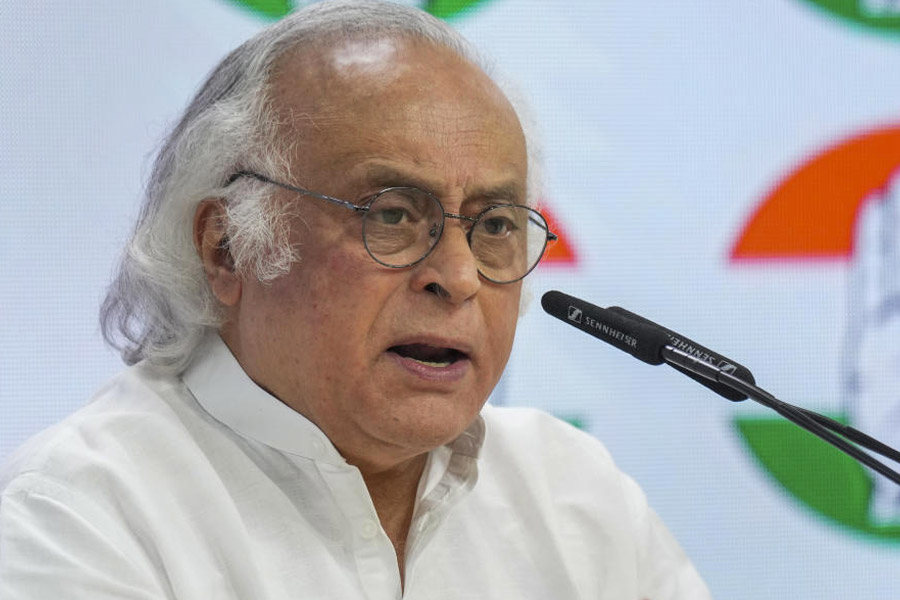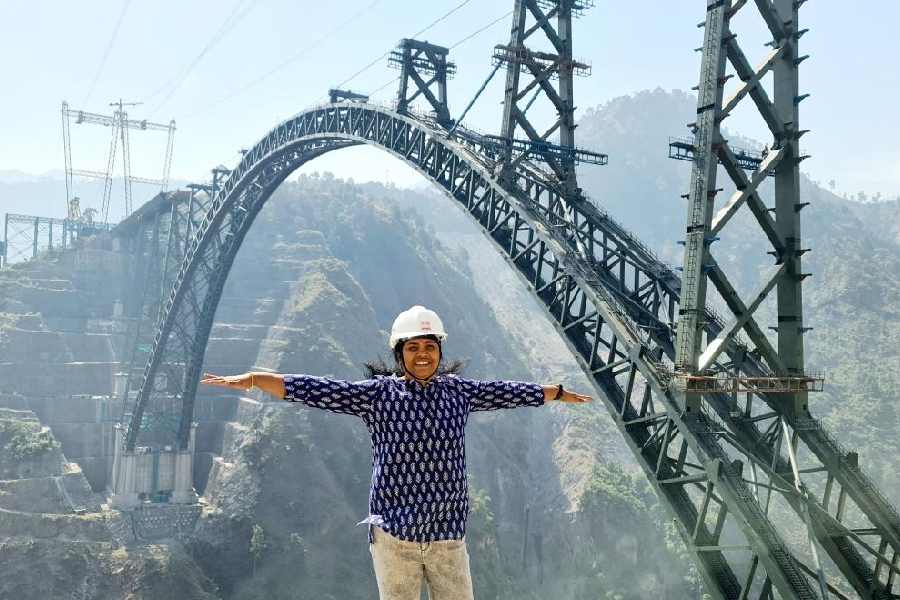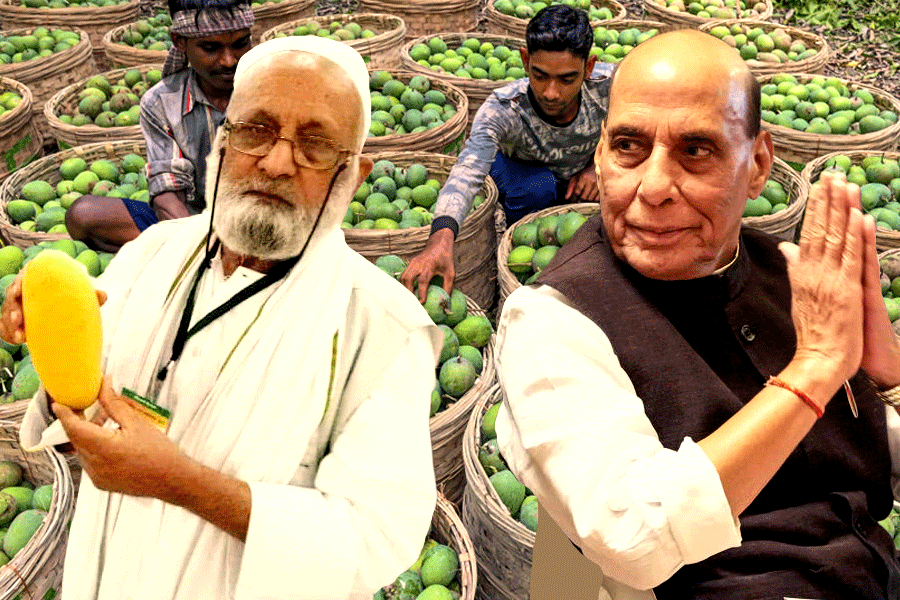 |
Mumbai, Nov. 21: If the sepia-tinted record books at Yerwada Central Jail offer snapshots of half a century of India’s freedom struggle, a one-day old entry on the prison register bears testimony to the battle to protect that freedom.
Tuesday’s entry is in the name of Ajmal Amir Kasab, who was hanged in the prison today.
Set up in 1880 by the Raj to lodge Indian freedom fighters, the jail is Maharashtra’s largest and one of India’s oldest.
Among its first high-profile prisoners were Bal Gangadhar Tilak and Damodar Chapekar, one of the Chapekar brothers implicated in the 1897 assassination of British official Walter C. Rand.
Tilak had been charged with writing seditious editorials preceding the Rand assassination. He was imprisoned at Yerwada jail in 1897 and served 18 months, during which Damodar Chapekar was hanged at the prison in 1898.
“Minutes before his death, he wanted to read the Bhagvad Gita and Tilak provided one from his private collection,” said Maharashtra inspector-general (prisons) Meeran Borwankar, who oversaw Kasab’s hanging today.
In September 1932, Mahatma Gandhi and B.R. Ambedkar signed the Yerwada Pact (or Poona Pact) on the premises of this jail, which effectively stopped the British from creating caste-based electorates.
Since Independence, Yerwada has seen a sea change in the profile of its prisoners, who have included separatists, terrorists, film stars, murderers, bank robbers, petty criminals and mafia dons.
“But it is still a jail where high-security prisoners are lodged, although executions are rarer. There are 34 prisoners on death row here — some have been here for years,” Borwankar said.
The previous execution at Yerwada was the 1995 hanging of triple murder and robbery accused Sudhakar Joshi.
In 1992, Khalistani militants Harjinder Singh Jinda and Sukdev Singh Sukha — convicted of assassinating former Indian army chief General A.S. Vaidya and Congress leaders Lalit Maken and Arjan Dass, and of committing India’s biggest bank robbery till date — were imprisoned and later executed in Yerwada jail.
It was during their imprisonment that Maharashtra prison authorities built the “Anda Cell” at Yerwada, where Kasab was lodged on Tuesday.
The cell is a tightly guarded, egg-shaped 1,200sqft block of lock-ups, ten of which measure 100sqft each. The largest lock-up, measuring 200sqft, is separated from the rest. High-security convicts marked for solitary confinement are lodged in these lock-ups.
Qateel Mohammed Siddiqui, a suspected Indian Mujahideen operative accused in the blasts at Delhi’s Jama Masjid and Pune’s German Bakery, had been lodged in one of the smaller Anda Cell lock-ups during his trial when he was murdered inside the jail by some fellow inmates.
“So, to be extra cautious, Kasab was put in the highest-security lock-up at the jail’s highest-security barracks,” the jail official added.
Among the Anda Cell’s earlier inmates were counterfeiter Abdul Karim Telgi, alleged gangster turned MLA Arun Gawli and Bollywood star Sanjay Dutt, who was jailed in connection with a 1993 Bombay blasts case.










